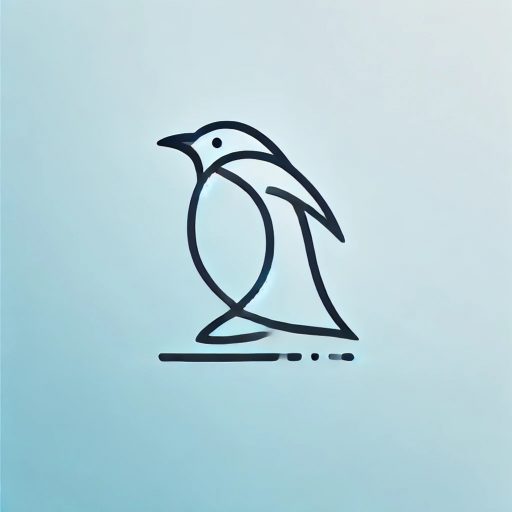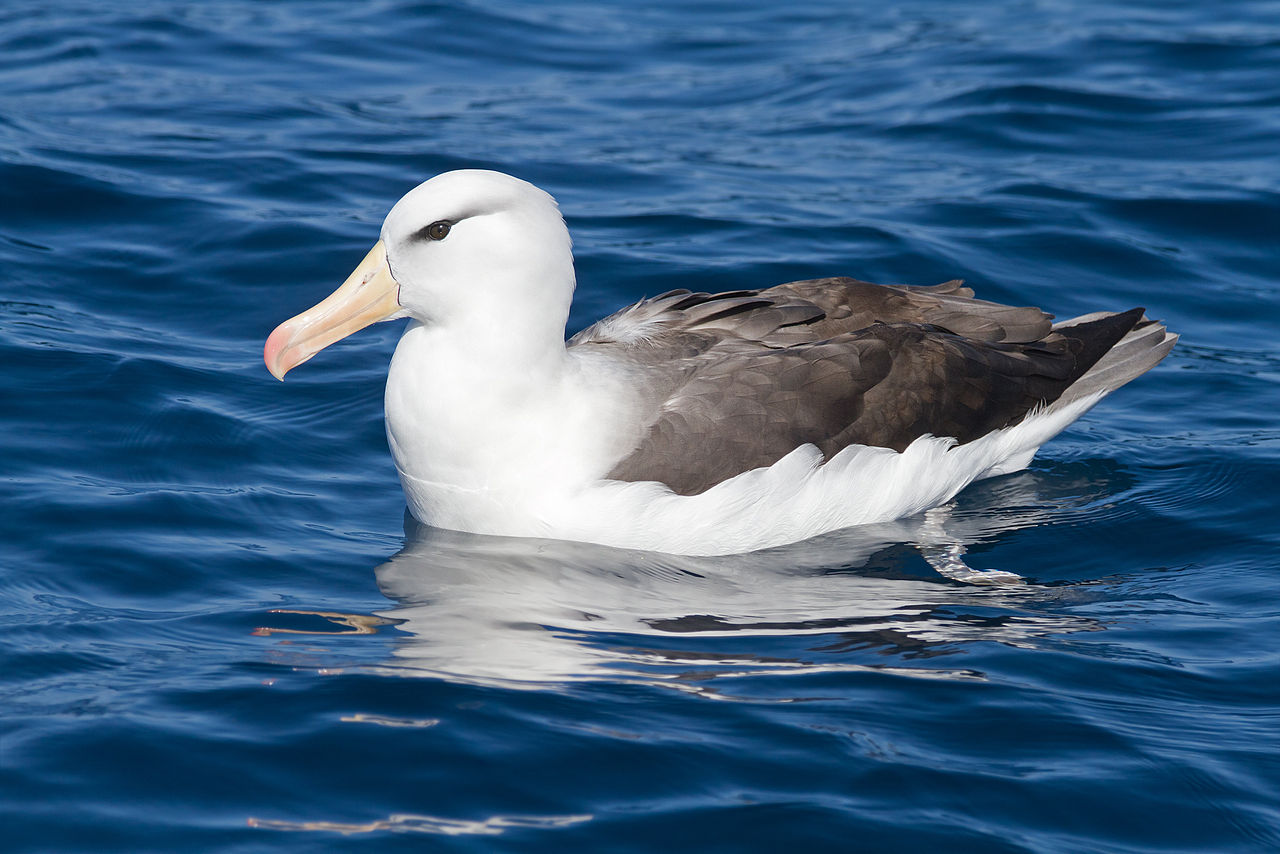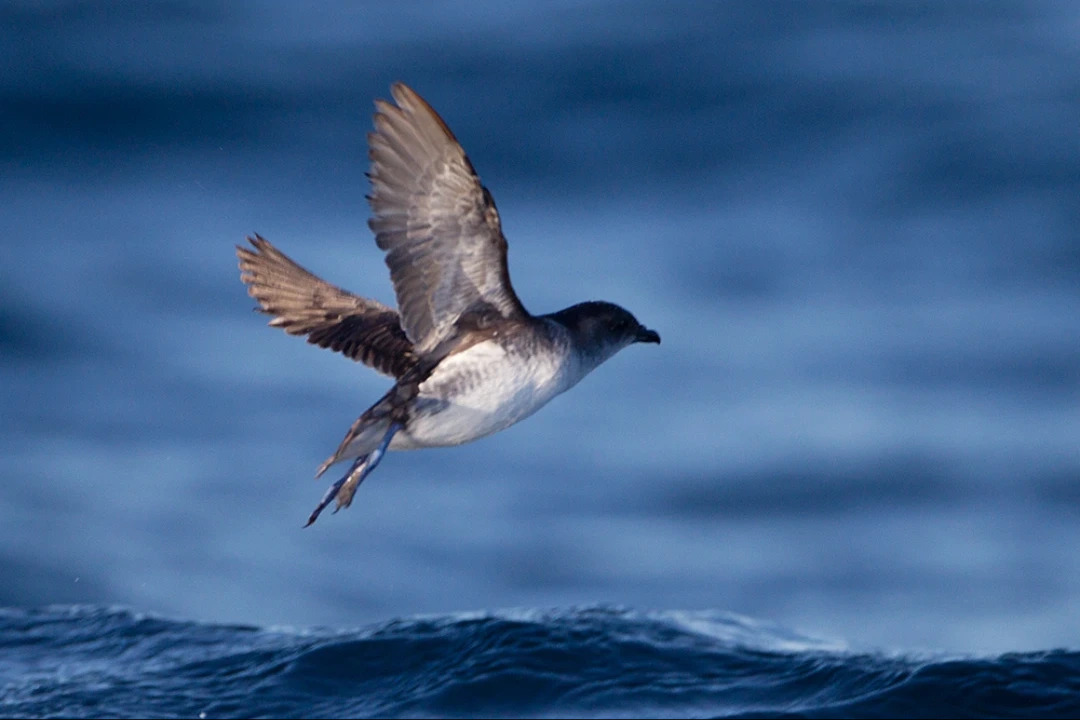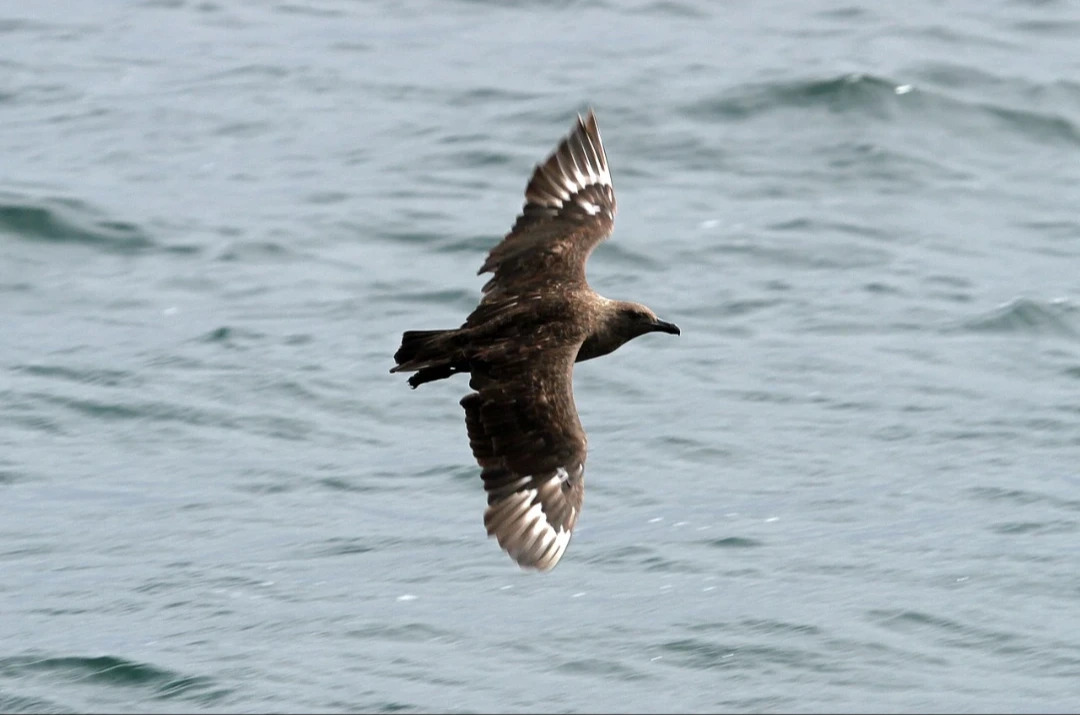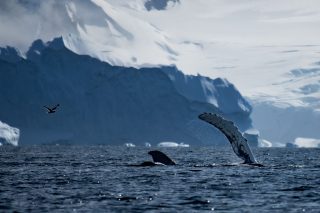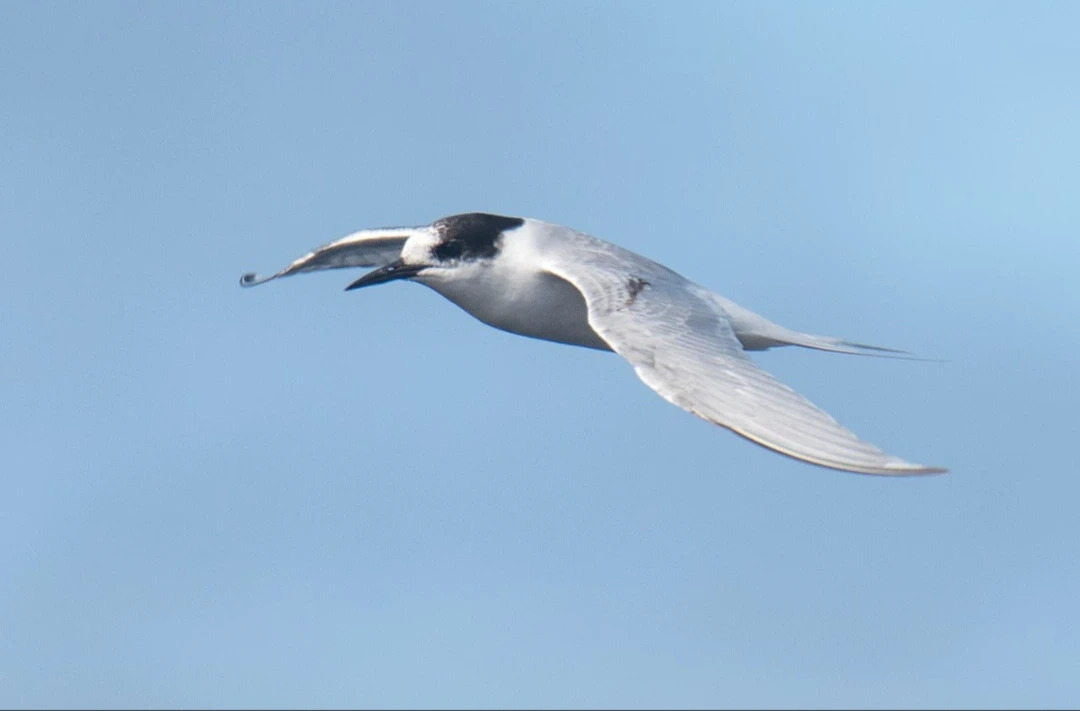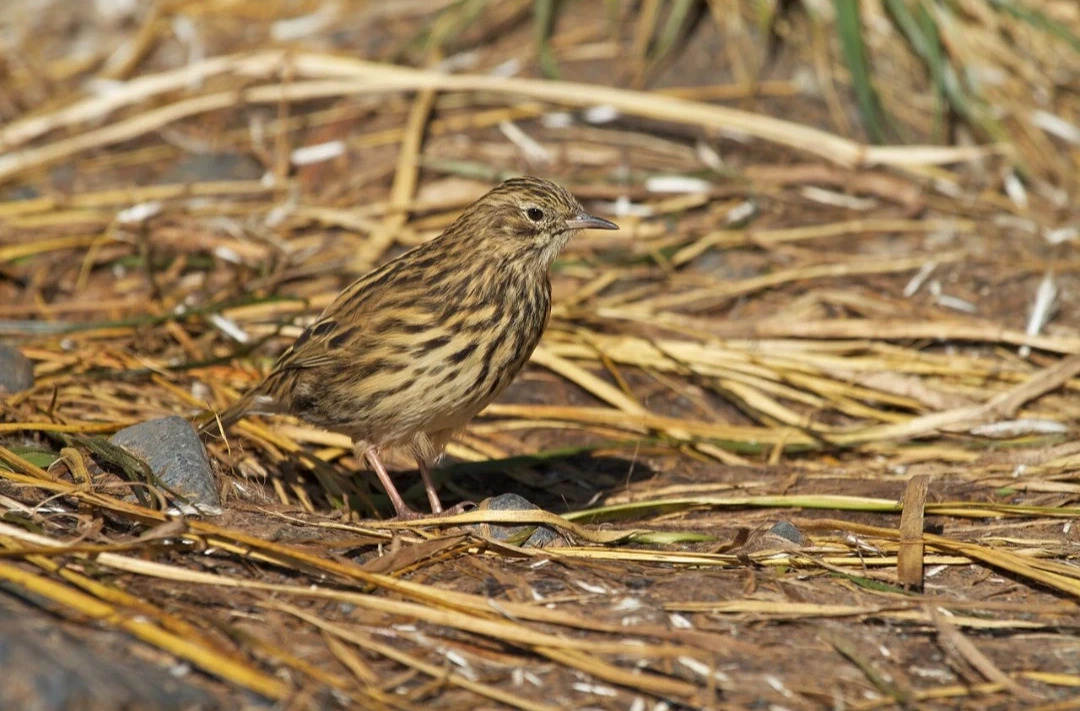Shags of Antarctica
The remote and rugged sub-Antarctic islands, scattered across the Southern Ocean, serve as critical sanctuaries for diverse wildlife, especially for shags. These seabirds, part of the cormorant family, have evolved to thrive in both air and sea, with their social nesting habits and skilled fishing abilities.
Each shag species on these islands has unique adaptations, allowing them to survive in the challenging sub-Antarctic environment. From the striking blue-eyed shag with its vivid cerulean gaze to the rock shag, adept at scaling steep cliffs, each species contributes distinctively to the ecological balance of their island habitats.
Diversity and Adaptation Among Shags
The diversity seen among shag species goes beyond appearance- it reflects deep evolutionary adaptations for survival. Their differences in plumage, nesting sites, and dietary choices illustrate the biodiversity supported by the isolation of the sub-Antarctic islands. Each shag species has developed specific strategies to adapt to these environments, such as nest placement and prey selection, which contribute to their resilience in this harsh region.
Role in Coastal Ecosystems
As key predators, shags play an essential role in their ecosystems, helping to maintain the balance of marine life. By managing fish populations, they directly impact the health of coastal ecosystems and serve as indicators of environmental wellbeing. Their presence signals the health of the surrounding marine habitat, linking them closely to the overall stability of these island ecosystems.
Importance of Conservation
Studying the shag populations across the sub-Antarctic islands deepens our understanding of avian survival in extreme environments and highlights the importance of these islands as biodiversity refuges. In the face of climate change and pollution, the future of these shag species reflects the broader environmental changes affecting the Southern Ocean.
Protecting shags and their habitats is crucial for preserving the natural heritage of the sub-Antarctic. By safeguarding these remarkable seabirds, we ensure that their role in these ecosystems endures for future generations.
Back To Top
Rock Shag (Phalacrocorax magellanicus)
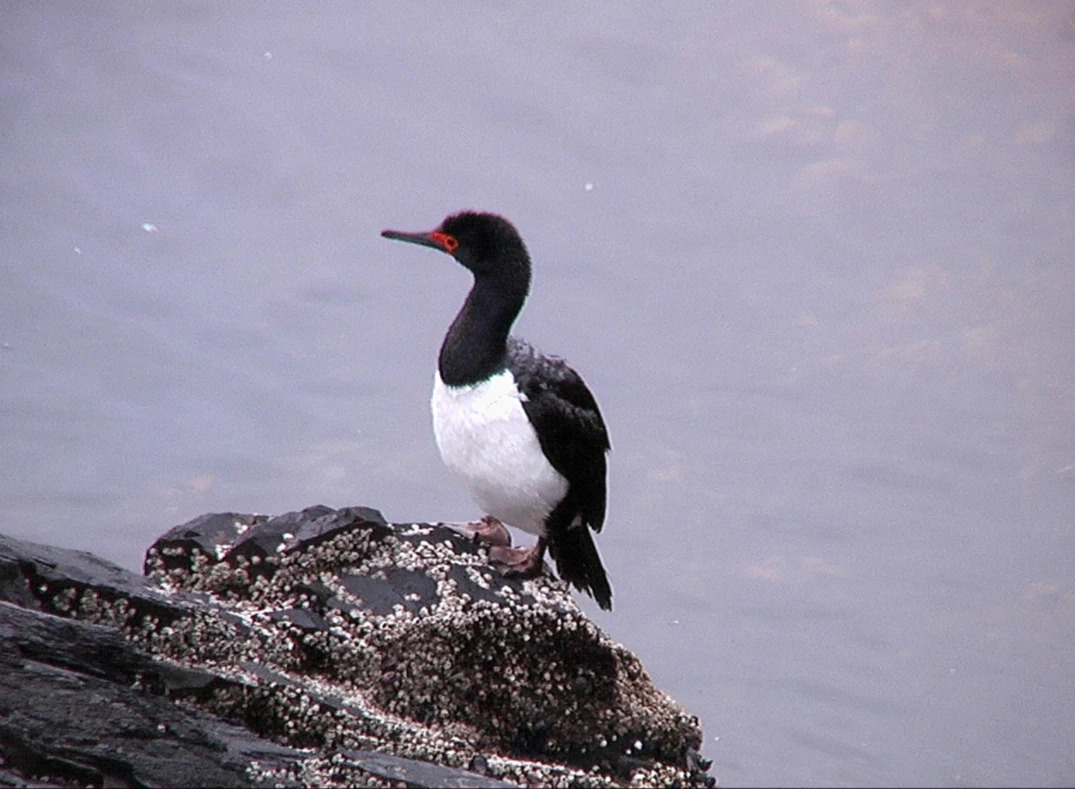
The rock shag, also known as the Magellanic cormorant, exemplifies the rugged beauty and resilience required to thrive along the Southern Hemisphere’s rocky coasts. This sleek seabird, with its dark plumage, slender build, and skilled diving abilities, is uniquely adapted to life on the shorelines and cold waters of its habitat. Its appearance and agility reflect the challenges of surviving in these remote coastal regions.
Adaptations for Life on Rocky Coasts
Renowned for its impressive foraging dives, the rock shag displays remarkable agility as it navigates the underwater realm in search of food. Its slender body and strong wings enable swift and efficient movement, making it a skilled predator in both shallow and deeper waters. Nesting on steep, precipitous cliffs in close-knit colonies, the rock shag’s habitat selection demonstrates its resilience and adaptation to the rugged landscape, where it balances its time between sea and land.
Role in the Coastal Ecosystem
As an effective predator of fish and other marine organisms, the rock shag is essential to the coastal ecosystem. By hunting its prey with precision, it helps maintain a balanced marine food web, influencing the abundance and distribution of smaller fish species. The rock shag’s foraging habits directly impact the health of its surrounding environment, indicating the well-being of the ecosystem as a whole.
Conservation Significance
Understanding the rock shag’s role within the coastal ecosystem offers insights into the broader dynamics of seabird life along the Southern Hemisphere’s shorelines. Protecting the habitats and food sources of this resilient species is critical for preserving the ecological balance of coastal regions. Conservation efforts that support the rock shag contribute to sustaining its unique role and ensuring that this symbol of adaptability and strength continues to thrive along the rugged coasts for future generations.
Appearance and Size
The rock shag is a medium-sized cormorant, measuring about 65 to 75 cm (25.5 to 29.5 inches) in length, with a wingspan of approximately 100 cm (39 inches), and weighing around 1.5 to 2.5 kg (3.3 to 5.5 lbs). It sports predominantly dark plumage with a glossy greenish sheen, contrasting with white patches on its cheeks and throat during the breeding season. Its long, hooked bill and powerful webbed feet are well-suited for its aquatic lifestyle.
Behaviour
Rock shags are social birds, nesting in colonies on steep cliffs and rocky outcrops along the coast. They are exceptional divers, using their feet to propel themselves underwater in pursuit of prey. These birds are often observed drying their wings in a characteristic pose after diving, as they lack the waterproof oils that many other seabirds possess.
Diet
Their diet consists mainly of fish, supplemented by cephalopods and crustaceans, which they catch during deep and prolonged dives. The rock shag’s hunting technique demonstrates its remarkable adaptation to the marine environment, playing a crucial role in controlling local fish populations and contributing to the health of coastal ecosystems.
Reproductive Cycle
Breeding takes place in colonies, where rock shags build nests out of seaweed, sticks, and feathers on cliff ledges or rocky nooks safe from predators. They typically lay two to four eggs per breeding season, with both parents sharing the duties of incubation and feeding the chicks until they are ready to fledge.
Habitat and Range
The rock shag is found along the southern coasts of South America, from central Chile and Argentina down to Tierra del Fuego, including the Falkland Islands. Its choice of habitat is closely tied to the availability of suitable nesting sites and the abundance of food in adjacent waters.
The conservation of the rock shag is essential for preserving the unique coastal ecosystems of the Southern Hemisphere. By protecting these birds and their breeding and feeding grounds, we help maintain the biodiversity and ecological integrity of coastal regions. Understanding the rock shag’s ecological role and the challenges it faces is key to developing effective conservation strategies that safeguard the future of coastal seabird populations.
Back To Top
Blue-eyed Shag (Phalacrocorax atriceps)
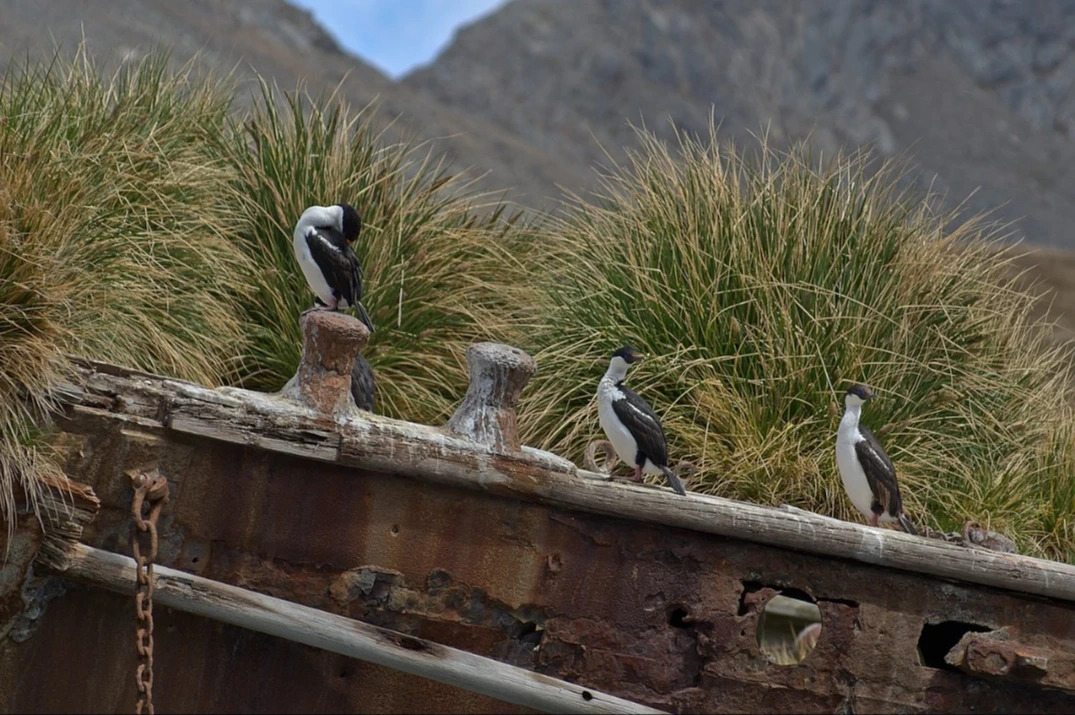
The blue-eyed shag, known also as the imperial shag or blue-eyed cormorant, is a striking presence along the rocky coastlines and icy waters of the Antarctic Peninsula and surrounding islands. With its cobalt-blue eyes and refined plumage, this seabird is well adapted to the extreme conditions of the Antarctic, showcasing the resilience required to survive in one of Earth’s harshest environments.
Adaptations for Survival in Antarctic Waters
Famed for its impressive diving abilities, the blue-eyed shag skillfully navigates frigid waters in pursuit of fish and other marine prey. Its streamlined body and powerful wings make it an adept forager, able to dive deep and capture food efficiently in the cold, nutrient-rich waters of its habitat. Nesting communally on steep cliffs, the blue-eyed shag exhibits strong social behaviours, where its choice of nesting sites enhances protection against predators and environmental exposure.
Role in the Antarctic Marine Ecosystem
As a key predator, the blue-eyed shag significantly contributes to the health of the Antarctic marine ecosystem. By feeding on fish and other marine organisms, it plays an essential role in balancing underwater food webs, impacting species abundance and distribution. The blue-eyed shag’s foraging and breeding patterns also offer valuable indicators of marine ecosystem health, reflecting the overall stability of its environment.
Conservation Importance
The blue-eyed shag is integral to understanding the complex dynamics of Antarctic ecosystems. As climate change and human activities continue to threaten polar regions, studying and protecting the habitats of these specialised seabirds is crucial. Conservation efforts aimed at safeguarding the blue-eyed shag and its environment are essential for preserving the delicate balance of Antarctic marine life, ensuring that this resilient seabird continues to thrive in its icy domain for generations to come.
Appearance and Size
The blue-eyed shag is a medium-sized bird, measuring approximately 70 to 76 cm (27.5 to 30 inches) in length, with a wingspan of about 100 to 115 cm (39 to 45 inches), and weighing between 1.8 to 3.5 kg (4 to 7.7 lbs). Its plumage is predominantly black with a glossy sheen, set off by white underparts and distinctive feathered crests during the breeding season.
The bird’s most striking feature is its vivid blue eyes, complemented by a bright yellow-orange bill and pinkish feet, adding a splash of color to its otherwise monochrome appearance.
Behaviour
Blue-eyed shags are highly social birds, forming large colonies on cliffs and rocky outcrops for nesting. They exhibit exceptional diving abilities, propelling themselves underwater with their strong webbed feet to pursue prey. After diving, these birds can be seen perching with wings outstretched, drying their feathers in the wind due to their less waterproof plumage compared to other seabirds.
Diet
Their diet consists mainly of fish, along with squid, crustaceans, and other marine organisms, which they skillfully catch during their dives. The blue-eyed shag’s foraging behavior showcases its importance in controlling prey populations and maintaining the balance within its marine habitat.
Reproductive Cycle
Breeding occurs in densely populated colonies, where blue-eyed shags construct nests from seaweed, sticks, and feathers on ledges and in crevices. They typically lay two to three eggs per season, with both parents involved in incubating the eggs and feeding the chicks, demonstrating a high degree of parental investment and cooperation.
Habitat and Range
The blue-eyed shag is primarily found along the Antarctic Peninsula, South Shetland Islands, South Georgia, and other sub-Antarctic islands. Its habitat is characterized by cold, nutrient-rich waters and steep, inaccessible nesting sites, which protect it from predators and the elements.
The conservation of the blue-eyed shag is vital for preserving the unique biodiversity and ecological balance of the Antarctic and sub-Antarctic regions. By safeguarding these birds and their natural environments, we contribute to the health and sustainability of polar marine ecosystems.
Understanding the life and challenges of the blue-eyed shag is key to fostering a deeper appreciation for the delicate interplay of life in the world’s southernmost waters and the need for concerted global efforts to protect these remote habitats.
Back To Top
Kelp Gull (Larus dominicanus)
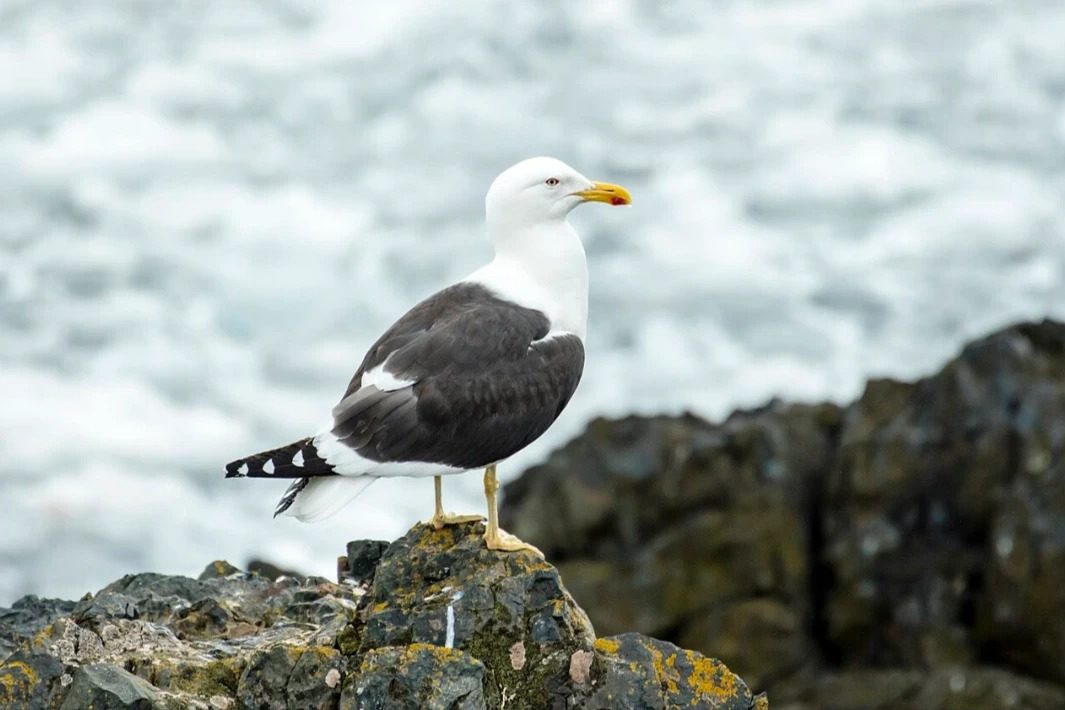
The kelp gull is a versatile and widespread seabird found along the coastlines and islands of the Antarctic and sub-Antarctic regions. Recognisable by its bold black-and-white plumage and resourceful feeding habits, this bird is well-adapted to thrive in some of the most extreme environments on Earth. Its presence across diverse habitats, from the icy shores of Antarctica to the windswept islands of the Southern Ocean, showcases its resilience and adaptability.
Adaptations and Feeding Strategies
Kelp gulls exhibit remarkable flexibility in their feeding behaviours, serving both as predators and scavengers. With keen intelligence and opportunistic habits, they forage along coastlines, feeding on fish, invertebrates, and occasionally carrion. This adaptability allows them to exploit a range of food sources, linking marine and terrestrial ecosystems by transferring nutrients across these environments. Their feeding strategies highlight their crucial role in maintaining ecological balance in polar regions.
Ecological Role in Polar Ecosystems
As both predator and scavenger, the kelp gull influences the population dynamics of smaller seabirds and other marine species, contributing to the nutrient cycle between land and sea. By controlling prey populations and scavenging carrion, kelp gulls help regulate the ecosystem’s health, ensuring nutrient recycling and stability within the food web. Their adaptability in diet and habitat selection makes them essential for studying ecological interactions in these remote environments.
Conservation and Ecological Insights
Research on kelp gulls provides valuable insights into the resilience of polar ecosystems and the adaptability of life in harsh conditions. As climate change continues to alter polar habitats, understanding the role of species like the kelp gull in these ecosystems is essential for conservation efforts. Preserving the habitats and resources that support kelp gulls is key to maintaining the ecological balance in Antarctic and sub-Antarctic regions, safeguarding the biodiversity of these unique marine environments.
Appearance and Size
The kelp gull is a large bird, measuring about 54 to 65 cm (21 to 26 inches) in length, with a wingspan of 128 to 142 cm (50 to 56 inches), and weighing between 1 to 1.5 kg (2.2 to 3.3 lbs). Its plumage is predominantly white with a contrasting black back and upper wings, and it features a distinctive yellow bill with a red spot near the tip. The gull’s sturdy legs and webbed feet are well-suited for life in both marine and terrestrial habitats.
Behaviour
Kelp gulls are highly adaptable, displaying a wide range of feeding and nesting behaviours. They are known for their intelligence and resourcefulness, often observed using tools and complex strategies to access food. These gulls are social birds, nesting in colonies where their loud calls resonate, and they are capable of aggressive behaviour when defending their nests or competing for food.
Diet
Their diet is varied and opportunistic, including fish, molluscs, crustaceans, insects, and even the eggs and chicks of other seabirds. Kelp gulls also scavenge along shorelines and near human settlements, taking advantage of any available food source. This diverse diet reflects the kelp gull’s ability to exploit a range of ecological niches.
Reproductive Cycle
Breeding takes place in large, noisy colonies, with kelp gulls building nests on the ground or in cliff crevices. They lay two to three eggs, which are incubated by both parents. The chicks are semi-precocial, remaining in the nest for several weeks under the close watch of their parents until they are ready to fledge.
Habitat and Range
The kelp gull is found along the coasts of the Antarctic Peninsula, Southern Ocean islands, and southern continents, including South America, Africa, and Australia. This wide distribution underscores the gull’s versatility and capacity to inhabit a variety of coastal environments, from beaches and rocky shores to urban harbours.
The conservation of kelp gulls and their habitats is essential for maintaining the ecological balance of coastal and marine ecosystems in the Southern Hemisphere. By protecting these areas from pollution, overfishing, and habitat destruction, we help ensure the survival of the kelp gull and countless other species that rely on these rich and productive environments.
Understanding the life and impact of the kelp gull is key to appreciating the complexity of Antarctic and sub-Antarctic ecosystems and the need for concerted efforts to preserve these extraordinary landscapes for future generations.
Back To Top
